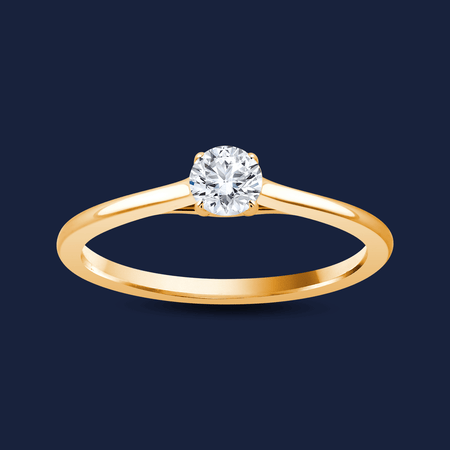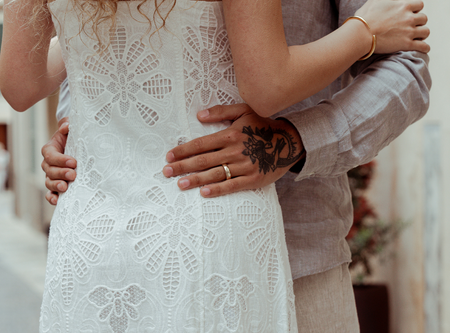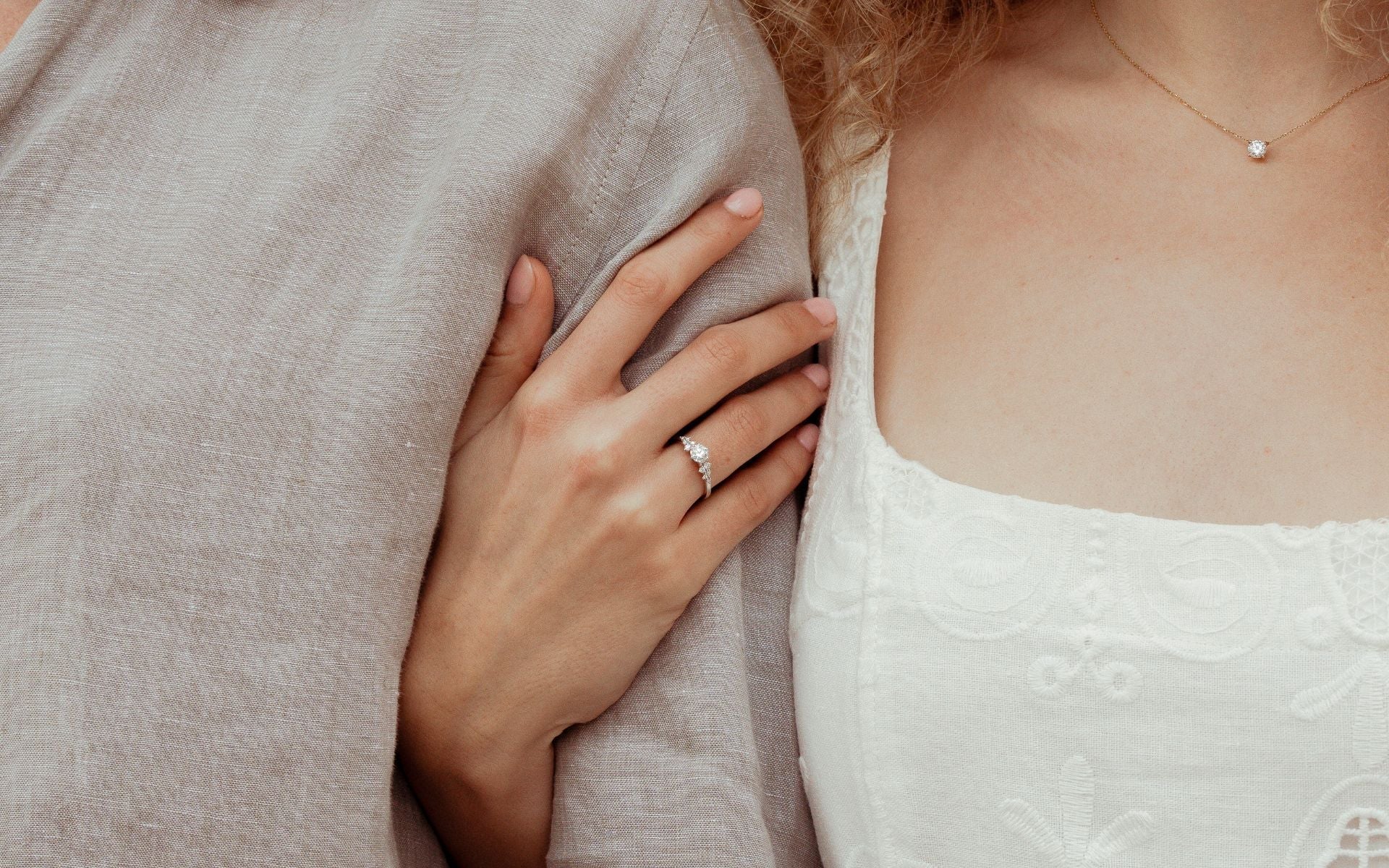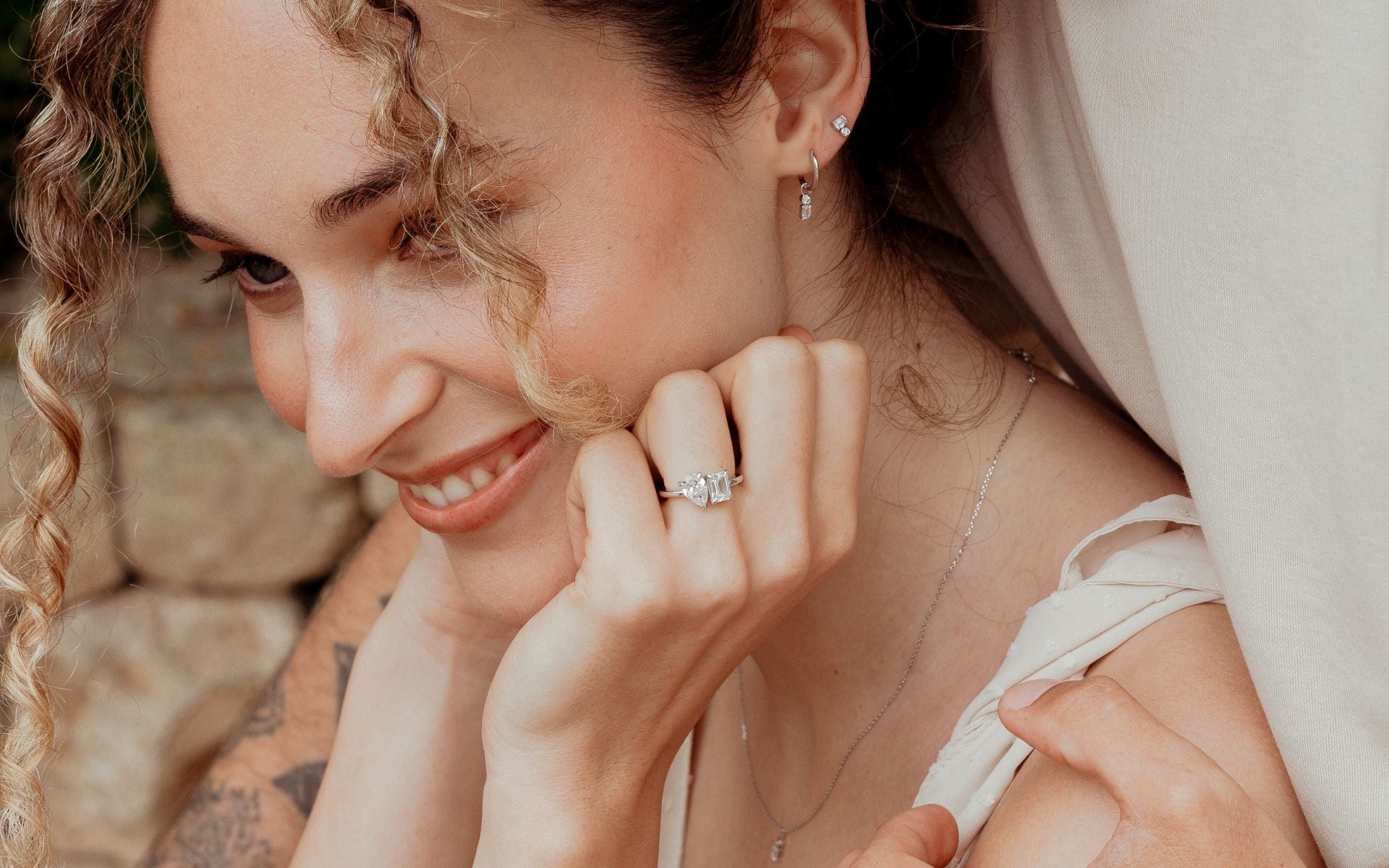Proposing marriage as a woman
Traditions often have a fixed division of roles for men and women when it comes to marriage proposals. When the right moment comes for this step in the relationship, many couples therefore prefer to stick to the traditions according to which the man should propose.
However, this does not mean that only men should ask the question of all questions. In times of emancipation and equality, many women wonder why they should wait for their partner to propose. So it's becoming increasingly common for the woman to do the proposing. Here's everything you need to know about proposing as a woman.
The most important facts at a glance
Who makes the marriage proposal?
Why is it usually the man and not the woman who proposes marriage?
Learn moreWhy doesn't the woman take the initiative?
Reasons why most women might hesitate to propose.
Learn moreWho makes the marriage proposal?
The marriage proposal by the man has deep-rooted historical and cultural origins that are of great importance to many couples. Following this tradition is seen by many as respectful and romantic. By getting down on one knee and asking the question of all questions, the man creates an atmosphere of appreciation and devotion. This gesture is considered the ultimate expression of love and commitment in a relationship.
In addition, the marriage proposal by the man symbolizes that he wants to spend his life with his partner and often expresses his desire to start a family and provide for them. It is a sign of his willingness to take responsibility and his desire to protect and support his partner. This traditional role of the man as proposer also reflects his desire for emotional connection and lasting commitment.
Following tradition when proposing is important to many couples and is highly regarded - the man kneels down and asks the question of all questions. The genuflection is seen as the ultimate romantic gesture and the manly step in the relationship. These social norms can put considerable pressure on women, which can discourage them from making the first move.
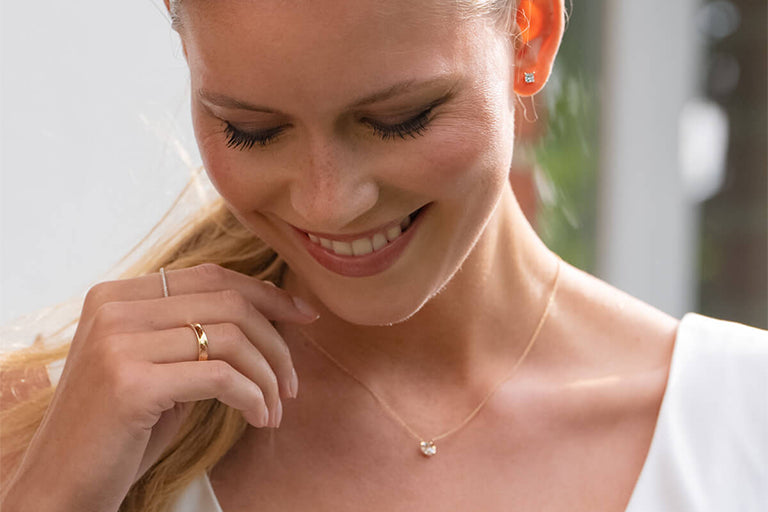
Why doesn't the woman take the initiative?
There are numerous reasons why most women might hesitate to propose. Some of these reasons include personal fears of rejection and doubt, the possibility of humiliation, or fear of judgment from others. Despite advances in equality, there is still a widespread belief that it is the man's job to propose. This idea can lead to insecurity and reluctance. In addition, there may be a concern about receiving a "no" as an answer.
Another significant factor is fear of the unknown and uncertainty about what the dynamics of the relationship might look like after a potential marriage proposal. Women may wonder if their partner shares the same desire for marriage or if they may be jeopardizing the relationship by making the first move. Uncertainty about how their partner will react can cause women to be hesitant and prefer to leave the proposal to the man. In addition to these reasons, a woman's individual character traits and experiences can also influence her decision. Women who are naturally shy or reserved may find it more difficult to find the courage to propose, while confident and determined women may be more willing to take the initiative.
In addition, personal preferences and ideas of romance also play a role. Some women may dream of a classic marriage proposal where the man takes the initiative and surprises her with a ring.
All these factors can lead to women holding back and waiting for their partner to make a romantic proposal.
Discover engagement rings for him and her
Making a wedding proposal as a woman
Women are increasingly questioning the status quo. They are realizing that traditional gender roles are no longer up to date and that there is no reason to wait for their partner to propose. Instead, they are creating their own rules and asking themselves the question: "Why don't I propose myself?". According to the principle of equality and emancipation, partners should be equally able to take this special step. Many women see it as an expression of their independence and strength to propose and see it as a way of expressing their love and desire for progress in the relationship.
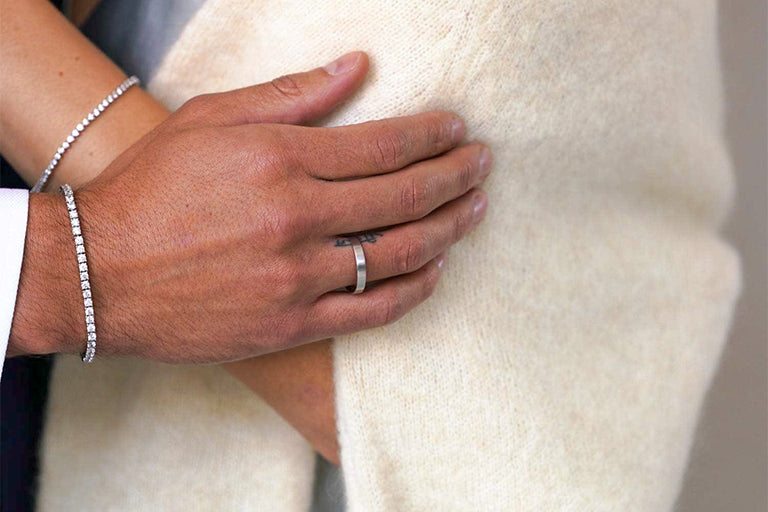
An engagement ring for the man can be just as romantic and meaningful as one for the woman, and many partners would consider it a loving gesture for the man to wear a ring that symbolizes his engagement. The idea that only women should wear jewelry to show their engagement is long outdated and more and more couples are choosing to break traditional gender norms and celebrate their love in their own way.
For some couples, however, the question is simply unnecessary due to the nature of their relationship. In same-sex partnerships, for example, the marriage proposal may arise naturally, without traditional gender roles playing a role. Or the couple may have discussed their ideas and values in this regard in advance.
Ultimately, attitudes and expectations in society are changing and it's time for actions to change too. As long as the partners love each other, it really doesn't matter who proposes. What matters is the bond between the partners and how they structure their relationship to celebrate and solidify their love.
Conclusion
The marriage proposal is a traditional gesture that is deeply rooted in historical and cultural norms. Traditionally, it is still often made by men, but the development towards a modern society means that gender roles are increasingly being questioned. More and more women are choosing to propose and see it as an expression of self-determination and strength.
Whether the proposal is made by the man or the woman is ultimately not as important as the bond between the partners and how they express their love and commitment to each other. It's time to rethink traditional gender roles and celebrate love in all its forms!





